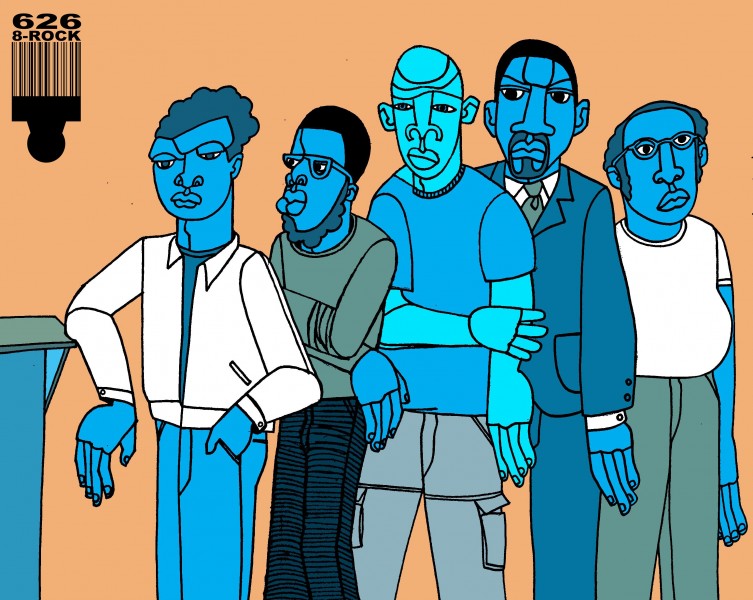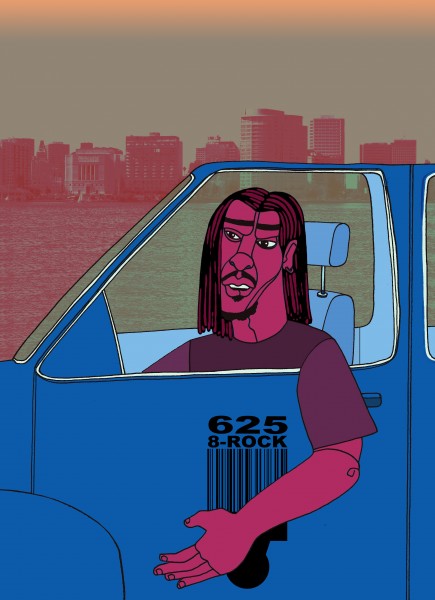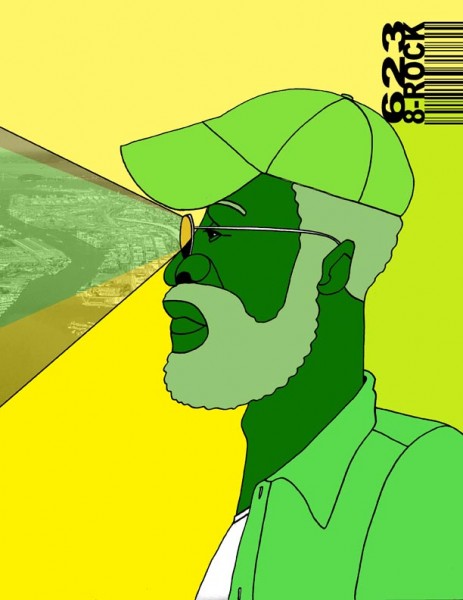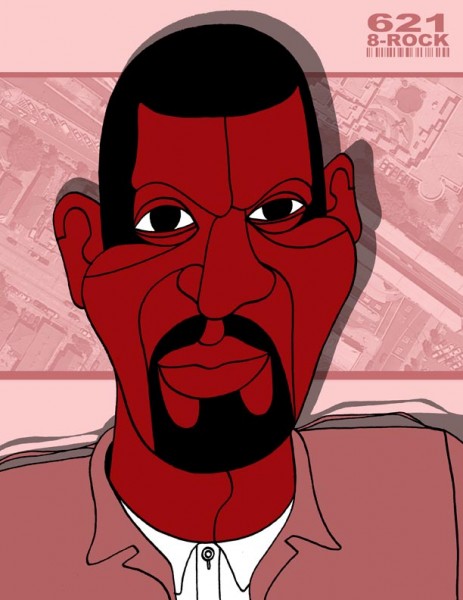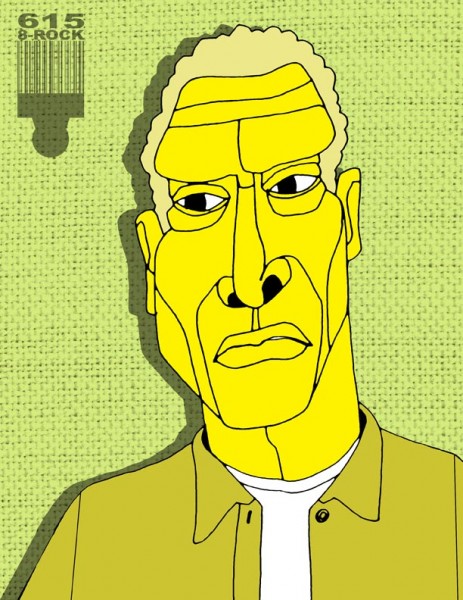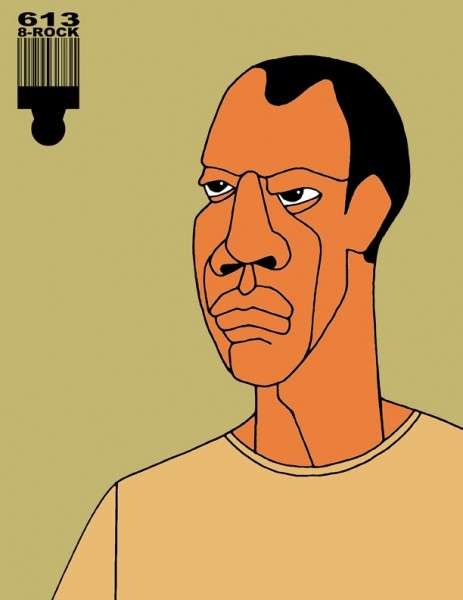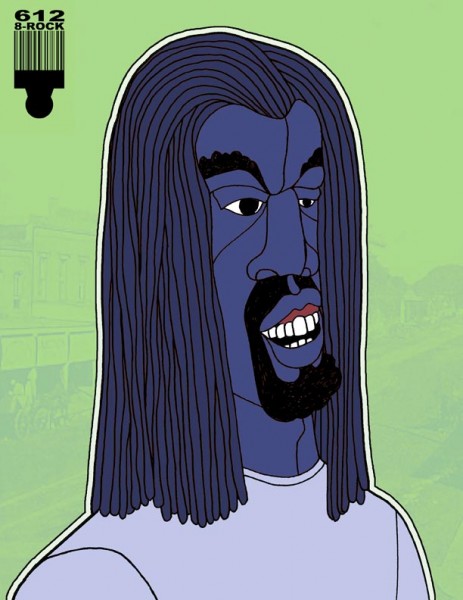This is the first of a series of drawings I’ve put together in a ‘zine called What Do Brothas Do All Day. The title is a reference to a book by children’s author and illustrator Richard Scarry. His 1968 picture book, What Do People Do All Day, was an introduction to the grown-up world of work and chores and errands. The activities Scarry depicts in his book are really little more than the mundane stuff of everyday life; but to children, this view into the activities, occupations, and locations that shape the daily lives of adults is an absolute revelation! As a child, I was absolutely fascinated by Scarry’s vision of daily life. And just as Scarry’s book responds to the curiosity of children, my ‘zine responds to many grown-ups’ curiosity about the attitudes, activities, minds, and bodies of men of African descent. It’s a curiosity that sometimes looks more like obsession. The next several drawings are taken from the What Do Brothas Do All Day ‘zine. If you’d like a copy of the whole book, you can order one on Etsy or you can drop by my table at Art Murmur Oakland (12/6/2013 at Uptown Body and Fender) or the East Bay Alternative Book and Zinefest (12/7/2013).
Ajuan Mance
